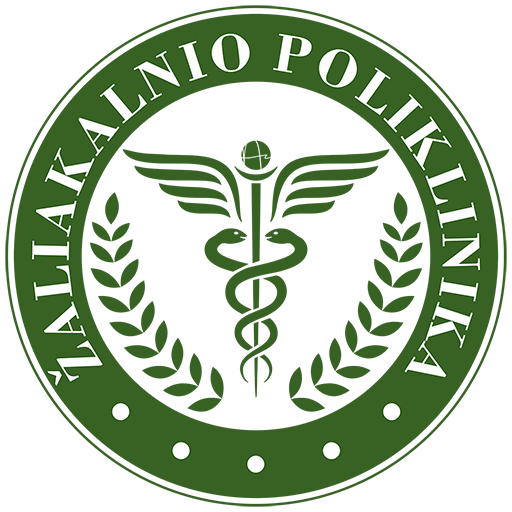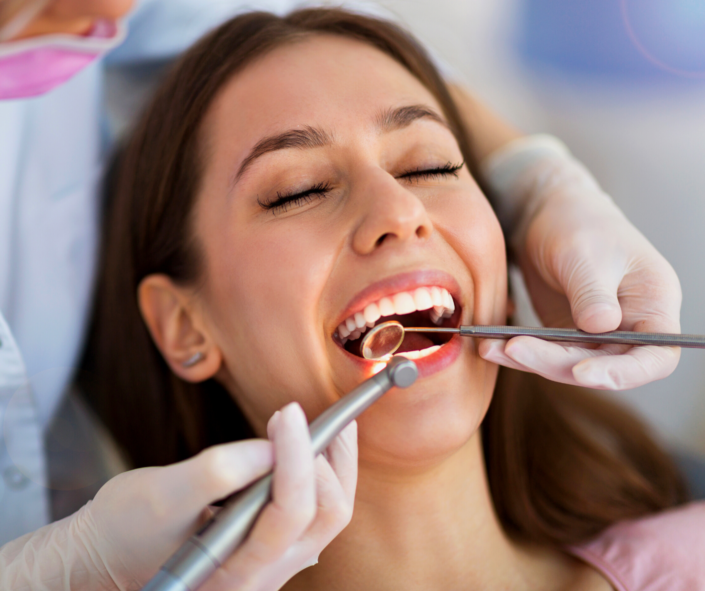February is Oral Cancer Awareness Month. It aims to remind patients and doctors alike that dental problems, not only tooth decay and peridontal disease, but also cancer can occur in the mouth. People often go to the doctor for toothache, but are reluctant to get checked when there is no pain.
Oral cancer is a serious problem that we should talk more about. It is a malignant disease of any part of the mouth. It can develop on the lips, gums, tongue, inner surface of the jaw, palate, floor of the mouth or even in the salivary glands. The disease may also be called oral cancer or oral cavity cancer. Like other cancers, it develops when certain changes occur in the genetic material of tissue cells, causing them to divide and grow irregularly.
Symptoms that cause concern:
- A long-lasting ulcer or wound in the mouth or on the lip. This is the most characteristic sign of oral cancer. If the ulcer does not heal within 3 weeks, you should consult your family doctor or dentist;
- Painful, swollen or bleeding red or white patches on the gums, tongue, tonsils or lining of the mouth;
- A lump on the lip, in the mouth, neck or throat, or a hard lump in the buccal mucosa;
- Constant swelling of the throat or feeling like something is stuck in your throat;
- Hoarse or altered voice, sometimes slurred speech;
- Numbness of the mouth or tongue;
- Mouth pain, bleeding from the lining of the mouth or gums;
- Difficulty chewing, swallowing, impaired tongue and jaw movements;
- Ear and/or jaw pain;
- Bad breath. With cancer, bad breath can worsen, become more frequent and last longer;
- Loose, painful teeth; dentures that have fit well for a long time but are now loose or pressing;
- Lack of appetite and weight loss;
- Chronic fatigue;
- Various other signs or symptoms that appear in the mouth for no apparent reason and persist for more than 6 weeks.
Many of these symptoms can also be caused by various non-cancerous diseases, which is why it is important to have regular health checks and to maintain good oral hygiene.
How are tumours of the oral cavity diagnosed?
First, the dentist examines the whole mouth. He or she uses his or her fingers to feel for any abnormalities in the oral cavity and an endoscope to examine deeper tissues in the mouth. A biopsy - a microscopic examination of tumour tissue in the mouth - is performed to establish the diagnosis. If a diagnosis of oral cancer is made, the patient must be examined in more detail to determine the degree of spread and to assess the stage of the disease. The treatment plan is based on the stage of the disease, the location of the cancer, the patient's general condition and their needs. There are different treatment methods available: surgery, chemotherapy, radiation or medication.
Risk factors
Science cannot yet explain why normal cells in the body change and develop cancer. Risk factors are any environmental factors, inherited characteristics or habits that increase the risk of cancer. Many of these do not directly cause cancer, but often have an impact on the development of cancer.
Factors that increase the risk of oral cancer:
- Tobacco use (smoking, sniffing, chewing). This is one of the most dangerous factors. As many as 85% of oral cancer cases are linked to tobacco use. Smokers are 15 times more likely to develop oral cancer than non-smokers. Pipe smoking is uniquely associated with cancer of the lip, which develops where the lip comes into contact with the mouthpiece. Passive smoking can also increase the risk of oral cancer;
- Alcohol abuse is no less dangerous. Alcohol and tobacco combined increase the risk of oral cancer by several times. These two factors are thought to be mutually reinforcing;
- Prolonged sunbathing (exposure to ultraviolet rays);
- Human papillomavirus infection;
- Male gender (men are more likely to develop oral cancer than women);
- Fair skin (fair skin is associated with a higher risk of lip cancer);
- Age (more common in people over 45 years of age);
- Chronic irritation of the oral mucosa - the more teeth missing, the more irritated the mucosa becomes. The mucosa is also irritated and damaged by dentures that do not fit;
- Poor oral and dental hygiene;
- Incomplete diet. The risk can be increased if the body is deficient in vitamins A and E, and if the daily diet is low in fruit and vegetables, the main source of antioxidants;
- Weakened immune system.
Prophylaxis
Prevention of oral cancer is primary, secondary and tertiary.
Primary prevention is the identification and removal of risk factors for cancer from a person's environment and lifestyle in order to prevent the disease from occurring:
- Whether or not to stop smoking. Even long-time smokers can significantly reduce their risk of oral cancer by quitting tobacco;
- Do not abuse alcohol;
- Eat a healthy diet with more fruit and vegetables;
- Avoid prolonged sun exposure to the lips;
- Limit the number of sexual partners to protect against sexual (and oral) transmission of human papillomavirus.
Secondary - timely diagnosis, treatment and follow-up of pre-malignant diseases. Oral cancer could be prevented, or at least detected as early as possible, by regular visits to the dentist. In most cases, precancerous changes occur first in the mucosa. If these are treated in time, cancer can usually be prevented.
Third - this prophylaxis aims to reduce the chance of cancer recurrence. Oral cancer, like other cancers, develops gradually. First, one or more cells in the organ tissue develop that have changed for some reason. If these cells do not die early or are not destroyed, they start to multiply. The earlier oral cancer is detected, the easier it is to treat and the more likely it is to be successful. Correcting the diet of cancer patients and applying the prescribed treatment reduces the chance of the disease recurring. Treatment depends on the location and size of the tumour, the stage of the disease, the patient's age and general health.
There is no need to be afraid of oncological diseases. It is important to take responsibility for your own health and life, to take all possible preventive measures to prevent these diseases, and if you do get sick, to diagnose and treat them on time and to continue living a full life.




